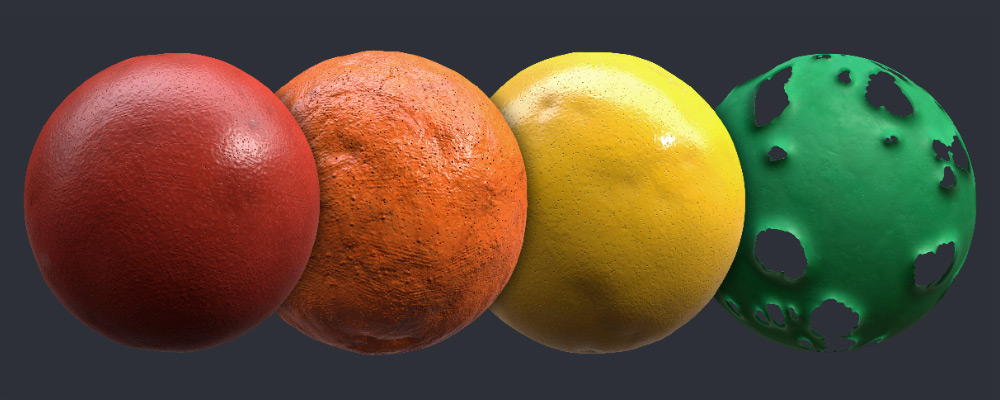

We positioned the UV seams to split the surfaces of the planter into rectangular strips. We carefully considered the UV layout for the planter mesh to ensure that the patterns could be wrapped around the model without a seam.
SEAMLESS WOOD TEXTURE IN SUBSTANCE PAINTER HOW TO
More detailed instructions on how to do this can be found in " How to Create and Use Textures in Substance" Step 2: Planter Mesh UV Layout The textures were then downloaded to the project file and imported into Substance Painter. Image 8: PBR texture generated for pattern 3. Image 7: PBR texture generated for pattern 2. Image 6: PBR texture generated for pattern 1. Each PBR texture, as seen in the Poly viewer, is shown in Images 6, 7, and 8. The Polished preset was selected to provide a smooth, glazed surface finish. The chosen patches were then made seamless and upscaled before being turned into a PBR texture set. Image 5: Patches generated for pattern 3. Image 4: Patches generated for pattern 2. Image 3: Patches generated for pattern 1. The prompts used and the patches generated for each texture are shown in Images 3, 4, and 5. These will be combined in Substance Painter to create a nicely textured planter. Instead, we generated three separate texture sets, all in the same blue and white style but with different patterns. It would be tricky to generate one texture in Poly that had all these distinct patterns. There’s a main design that wraps around the middle of the planter, two thinner designs that wrap around the top and bottom, and a final design on the planter’s lip. The pattern in the reference image is made up of several distinct designs. Image 2: The reference image that the modeling and texturing was based on. We won’t be trying to replicate it exactly. We’ll use this image as a loose reference it’s primarily intended to be an inspiration. It’s a smooth and shiny ceramic planter with a hand-painted blue and white floral pattern.


The reference image for this asset is shown in Image 2. Step 1: Reference Image and Texture Generation Image 1: This tutorial will demonstrate how we created this planter object. To achieve this result, we used Poly’s strong pattern-generation abilities to generate several texture sets that we then combined in Substance Painter. As an example, we created the object seen in Image 1, a ceramic planter with a hand-painted floral design. This guide outlines the process for using textures generated in Poly to create a realistic prop object. 📌 Textures used: Poly Wood Texture Collection, Poly Substance Texture Collection


 0 kommentar(er)
0 kommentar(er)
